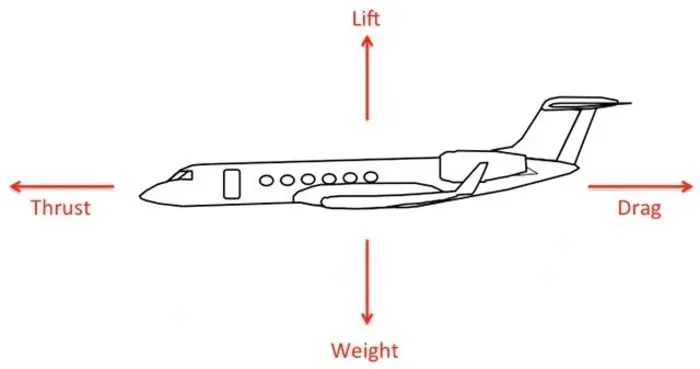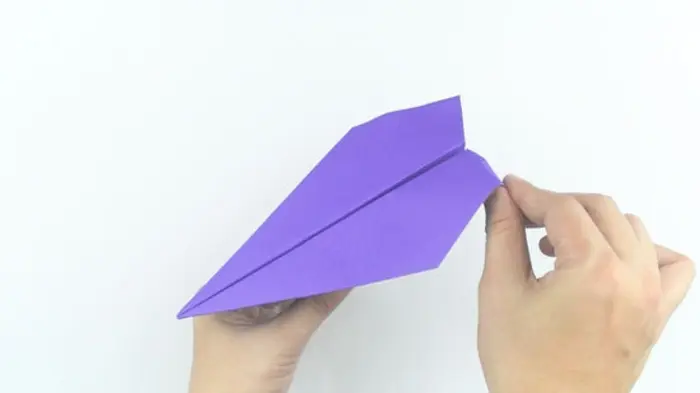Introduction — (read this first if you’re tired of slow flyers)
You know the scene: you fold a neat-looking plane, give it what feels like a heroic throw… and it flutters gently into the grass like it’s taking a nap. Frustrating, right? If you’re searching for how to make a fast paper airplane, this guide strips away the stiff, textbook language and gives you clear steps, simple science, and practical tips so your plane will slice through the air — no nitpicky jargon or engineering degree required. Ready? Let’s make something that actually feels fast.
The short version (for instant gratification)
If you just want results:
-
Fold a narrow dart (sharp nose, tight creases).
-
Use good printer paper (not wafer-thin or heavy cardstock).
-
Add a tiny nose weight (small piece of tape or a paperclip).
-
Throw with a firm, smooth arm motion at a slight upward angle (~15°).
-
Tweak tiny wing bends to stop dives or spirals.
Want the why, the how, and the “what to do when it nose-dives”? Keep reading.
Key ideas — explained like a neighbor at the picnic
What makes a paper airplane fast?
-
Less drag = more speed. Think of drag like air “braking” the plane. Narrow noses and clean shapes reduce it.
-
Just enough lift. Big wide wings are great for gliding, but they slow you down. For speed, wings should create enough lift to stabilize the plane, not carry it on cloud nine.
-
The right weight in the right place. A slightly heavier nose helps keep momentum and prevents immediate stalls — but too heavy and it dives. Balance is everything.
-
Symmetry and tight folds. If the left and right wings aren’t the same, the plane will wobble instead of speeding straight.

Three fast designs you’ll actually enjoy folding
-
Basic Dart (beginner) — Easy to fold, fast and reliable. Perfect if you want something that works right away.
-
Sonic Jet (intermediate) — Sleeker nose and tighter body for extra speed. Needs a bit more care when folding.
-
Hybrid Speed-Glider (intermediate–advanced) — A compromise: still fast, but with a little more stability for longer throws.
How to fold a fast Basic Dart — step-by-step (no fluff)
Supplies: one sheet of A4 or Letter printer paper, flat surface, tape or paperclip (optional).
-
Fold the paper in half lengthwise and crease firmly; unfold.
-
Fold the top two corners into the center line so they meet at a point (this starts the sharp nose).
-
Fold those two new diagonal edges toward the center again to make an even point.
-
Fold the pointed tip down about 1–2 cm — this locks the nose and adds a little mass.
-
Fold the plane in half away from you along the original center line (fold so the nose is on the outside).
-
From the folded edge, fold down each side to form wings. Match them carefully — symmetry matters.
-
Slightly bend the trailing edges of the wings up (a tiny elevator) to prevent a steep nose dive.
-
Add a small piece of tape or a paperclip to the nose if the paper is too floppy.
Quick tips while folding:
-
Make each crease sharp (use your fingernail).
-
Keep folds tight; gappy bodies = wobble.
-
If one wing looks off, refold rather than trying to “fix” it with tape.
Throwing technique — because build + throw = performance
You can have the best plane in the world, but a bad launch ruins it.
-
Grip: Hold the plane at or just behind its center of mass (usually right where the folds stack).
-
Motion: Use a smooth forward motion from the shoulder, not just the wrist. A short run-up helps but isn’t necessary.
-
Angle: Aim slightly upward — about 10–25 degrees. Too steep and it stalls; too flat and it plows into the ground.
-
Power: Firm and smooth beats jagged and hard. Imagine you’re launching, not flinging.
When things go wrong — friendly troubleshooting
-
It dives immediately: Nose too heavy or too much downward tilt. Remove weight or bend the trailing edges up.
-
It stalls and drops: Center of gravity too far back or wings too wide. Slide a tiny weight forward and slim the wings.
-
It spirals/turns: Asymmetrical wings or uneven release. Make folds identical; practice a consistent release.
-
Wings crumple on launch: Paper too flimsy. Reinforce the nose or use a slightly heavier paper.
Test like a scientist — but fun
Want to improve fast? Run mini-tests: change only one variable (paper weight, nose weight, wing width, throw angle) and record the result. Use your phone to film the launch — play it back slow-motion to see what’s happening in the first second.
Simple DIY speed test: mark a 10-meter distance, record the time from launch until it crosses that mark, then calculate speed (distance ÷ time). Not lab-perfect, but good enough to see which fold is faster.
A few lighthearted rules of the sky
-
Never throw at someone’s face. Ever.
-
Sibling sabotage (altering folds) is a real thing — guard your prototype.
-
No jet fuel required — only bravery and moderately stiff paper.
Where visuals will help (suggestions for the editor)
-
Hero image: finished Sonic Jet in motion. Alt: “sonic jet paper airplane in flight”.
-
Step photos: 6–8 clear photos of the folding steps for the Basic Dart. Alt tags for each step, short and keyword-rich.
-
Infographic: “Quick science: Why this plane is fast” (drag, lift, weight).
-
Throwing GIF: shows grip + motion.
-
Test results table: downloadable CSV or interactive table for readers to log their experiments.
Closing (with a friendly nudge)
You’ve got the blueprint: a snappy fold, a little nose weight if needed, a smooth throw, and a willingness to tweak. Now fold one, try it, and be proud when it actually zooms. Want to make this fun? Post a short clip or a picture of your fastest flight in the comments — tell us which design you used and how far it flew. Curious about tricks to make it go farther too? I’ve got more designs and experiments ready if you want them.
Which design will you try first — Basic Dart, Sonic Jet, or the hybrid? Share your results and let’s make paper planes that actually impress.
